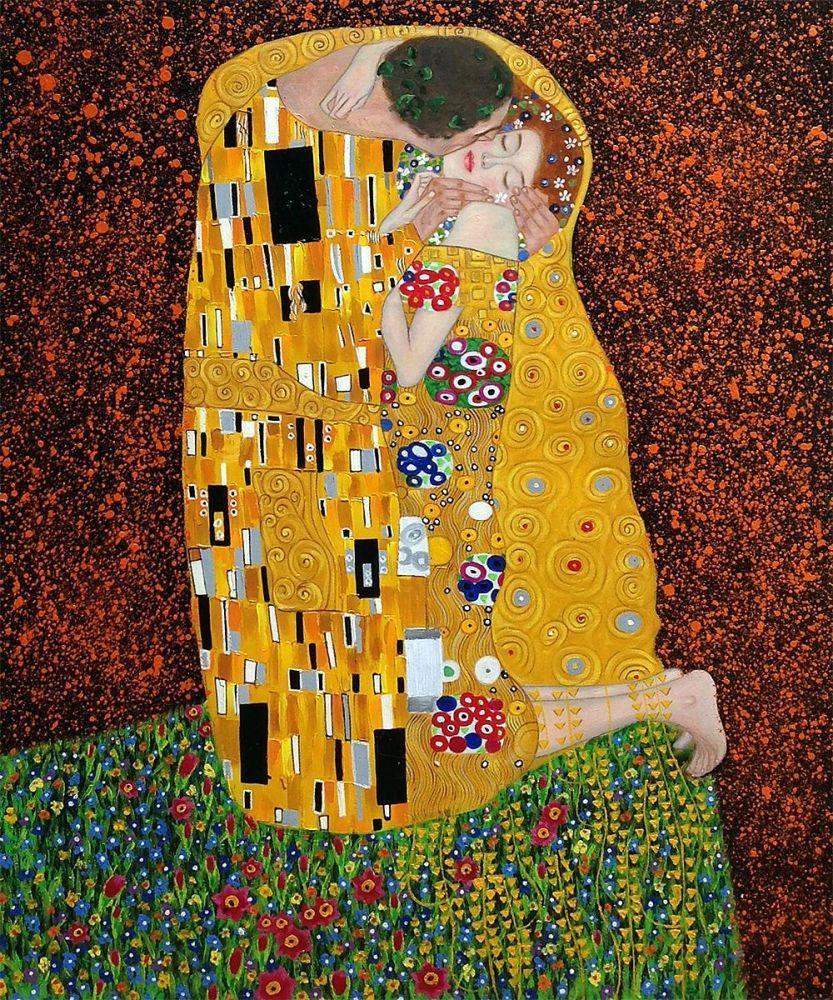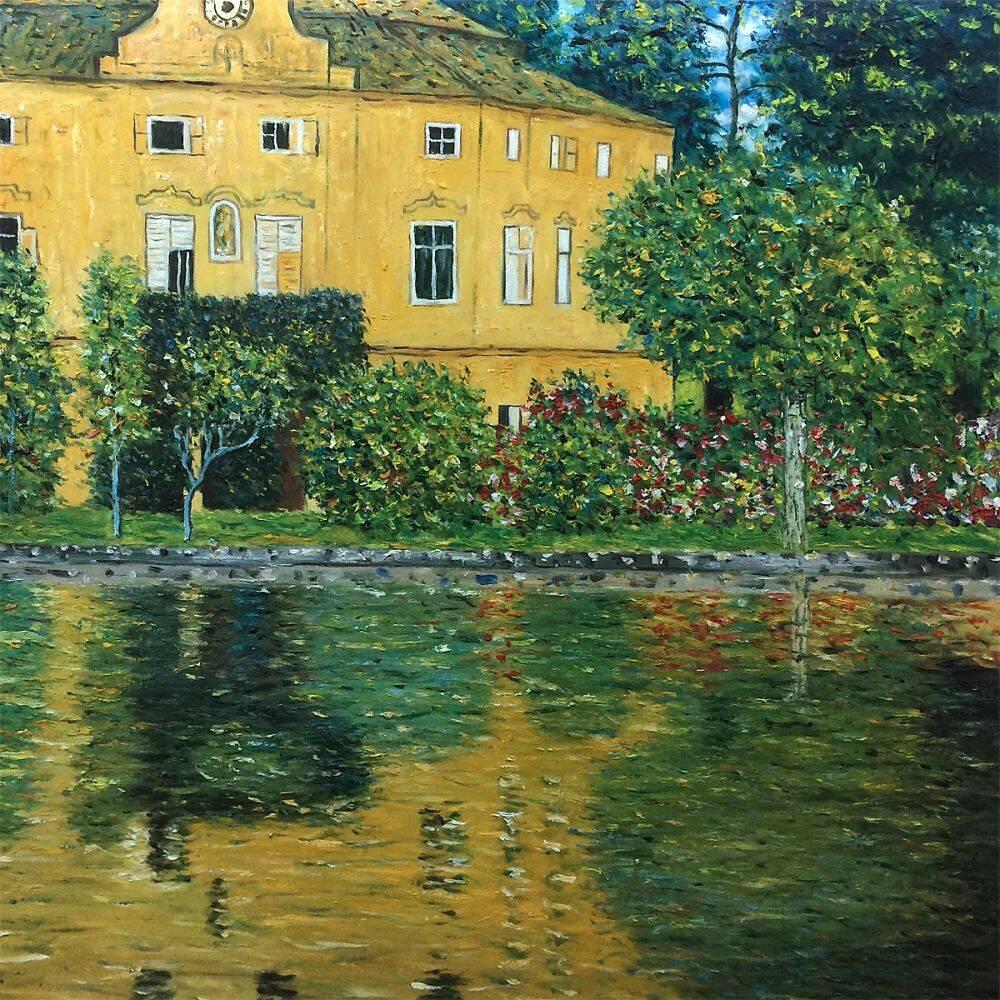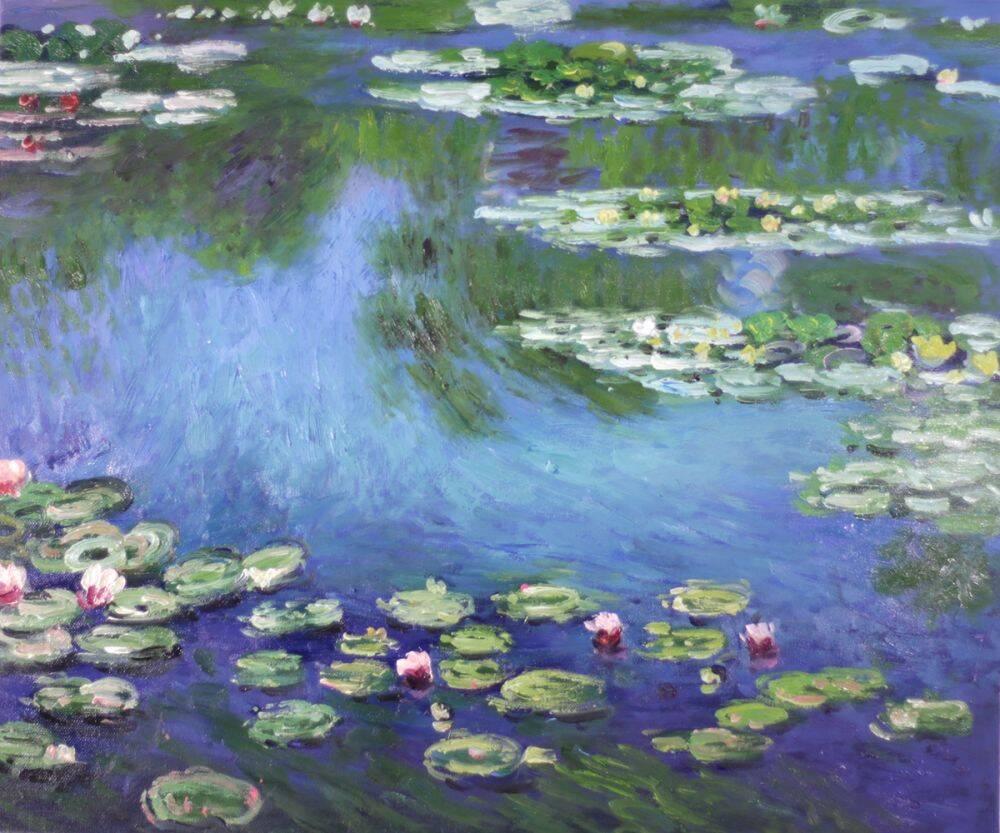Art
Impressionists with Immortal Impressions
Vincent Van Gogh paintings are widely known as the genius works of a tortured soul, while Claude Monet paintings, much lighter and more soothing, are considered the works of the father of Impressionism.
Van Gogh paintings, the work of a Dutchman long thought of as one of the greatest painters in Europe, tell much of the story of Van Gogh’s life. You look at Van Gogh paintings and you see the people, places and things that were a part of his view of the world. They are more than likely distortions and bold, with dashes and dots in his brush strokes. His paintings are intense, though the colors often subtle.
He produced all of his work (some 900 paintings and 1100 drawings) during the ten-year period before he committed suicide. Most of his best-known work was produced in the final two years of his life. In the two months before his death he painted 90 pictures. In fact, so cut off was his life in the middle of his most artistic period that eleven years after he died Parisians were honored with a major show of 71 original, never before seen, Vincent Van Gogh paintings.
Monet paintings, the work of the first impressionist painter Claude Monet, are not nearly as steeped in myth and moodiness as Vincent Van Gogh. Monet paintings are lighter, primarily of lovely scenes of Paris and nearby French provinces, of the sea and breathtaking landscapes and of the garden he so loved in Giverny France with its bridge and water lily-borne pond. From 1871 to 1878 Monet lived in Argenteuil, a small village on the Seine River near Paris, the source of some of the most famous and most acclaimed Monet paintings.



